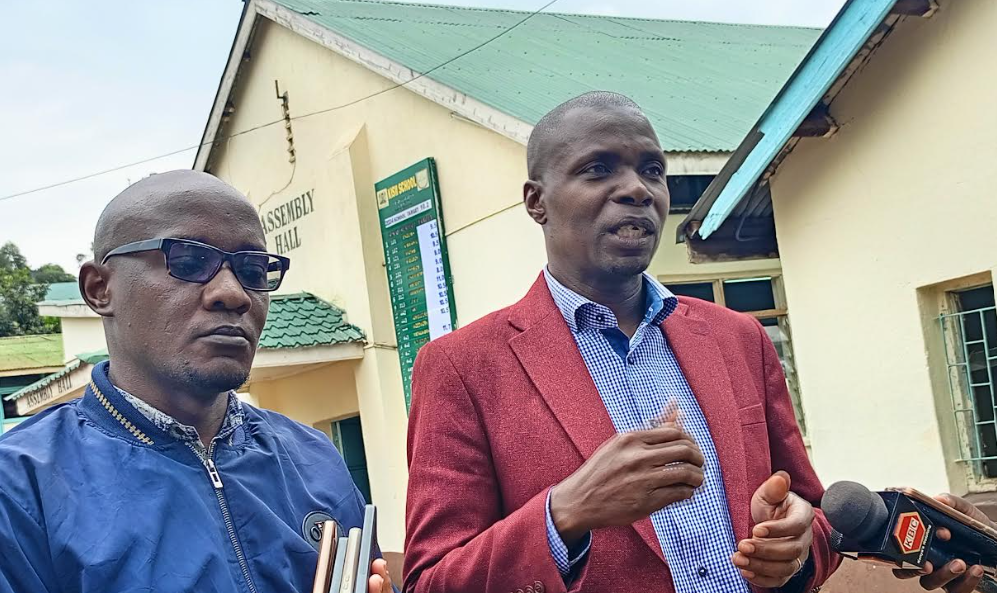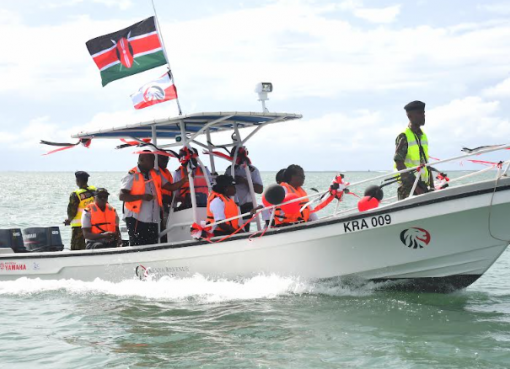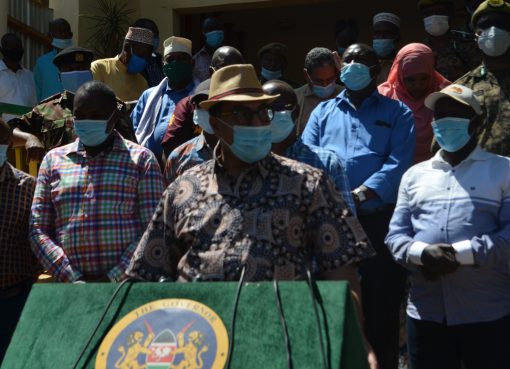These meetings, which commenced in Kisii on Monday and will end on 11th December, will gather public views and enrich the draft regulations, ensuring inclusivity in developing a robust disaster management framework.
Leading the multi-agency task force at Kisii High School, Deputy Director at the National Treasury David Hwaga said the exercise was key in ensuring the members of the public have their voice in the process of developing the fund.
Hwaga noted that the draft regulations propose the establishment of a Disaster Risk Management Fund to mobilise resources for efficient and effective disaster risk management in Kenya.
He said members of the public from at least six counties, including Kisii, Nyamira, Migori, Homa Bay, Kericho, and Bomet, had gathered to deliberate on the fund, which aims to enhance the country’s preparedness and response to disasters, reduce vulnerabilities, and mitigate fiscal and economic losses.
This, he said, was important, especially because the country had experienced floods, structural and infrastructural collapse, drought, and terror attacks, among other things.
“This left us reactive by forming multi-agency teams and even reaching out to the private sector to help raise funds, because we did not have a kitty to address the disaster,” Hwaga said.
This fund, therefore, he said, will have at least Sh5 billion, and the administrators of the kitty will be allowed to invest it in the absence of disasters and seek partners to help grow the fund further.
The Deputy Director noted the fund will be accessed by both the national and county governments, but under specific disasters as will be stipulated.
He said there’s going to be a board to advise the administrators of the fund, and it will have strong representation of the counties.
The fund will be largely domiciled in the Ministry of Interior, where disaster response coordination happens.
He applauded the drafters for considering representation from the counties.
Hwaga explained that the disaster risk management bill, which is about to undergo its second reading and disaster management fund regulations, defines the categories of disasters that the counties can manage and those that can be handled by the national government.
After Kisii the team will head to Kisumu, then Eldoret and Nakuru counties, even as yet another team handles public participation in the coastal region.
Other key issues being addressed during the public participation meetings include the scope of the regulations, which applies to National and County Governments, excluding drought-related disasters already covered under the National Drought Emergency Fund.
Each meeting will feature remarks by host county commissioners and National Treasury representatives.
By Jane Naitore and Clinton Nyamumbo





